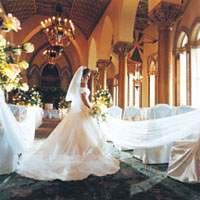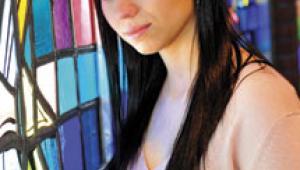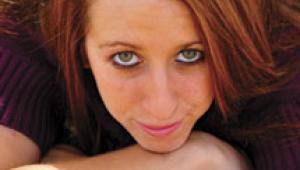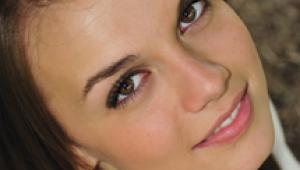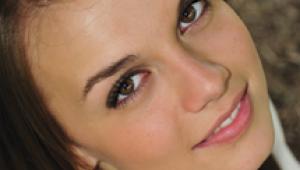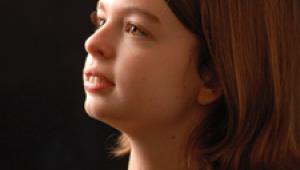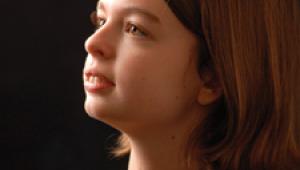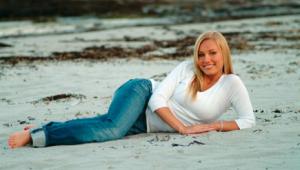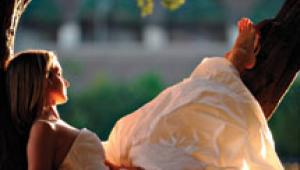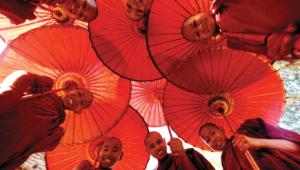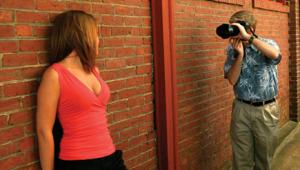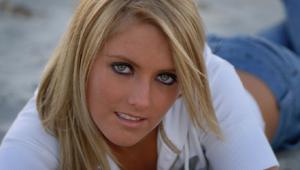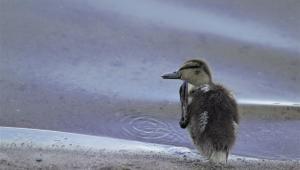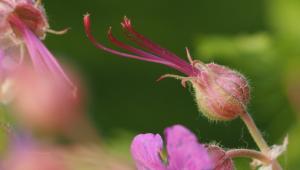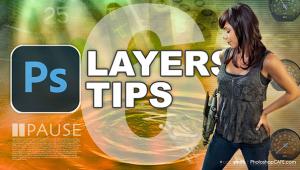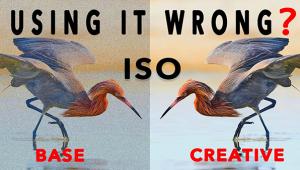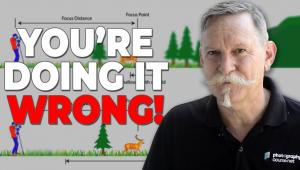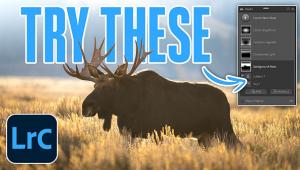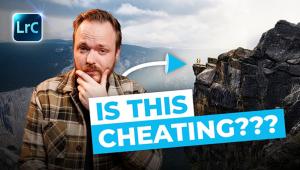Wedding And Portraiture
Unlimited Vision With Medium Format
My Hasselblad gives me unlimited
vision. "Ideal" is another way of putting it. I never have
to think or compose any of my images to fit into a pre-prescribed format.
Horizontal? Vertical? Things I never have to consider. Cropping? Why
not compose on the ground glass before you make the picture? Why not
fill the space as you ideally would like to see it? All of these reasons
and more are why I feel that the medium format (square, to be more exact)
works so well for me. |
|||
Similarly, in the outdoor portrait
of the bridal couple (Photo 2) I've carefully placed the heads with
more space in the direction that they're looking. On the ground
glass I posed them, so that their heads would be close together and, believe
it or not, even made sure that their noses would be parallel. Their arms
leading down to the left hand corner of the print are all a part of the
full square composition. Could the picture have been cropped to a different
format? Probably. Better? I don't think so. Square for me again. |
|||
The sepia tone of the portrait
is a result of using Kodak's T-Max 400 CN film. Lighting, of course,
was by my complete Photogenic portrait studio and Westcott Mini Apollos.
There's a total of five lights on this portrait. With all the pains
that I take to create fine portraiture, I can't think of any reason
to use any less than a medium format camera. |
|||
Photo 4, the studio portrait
of the family group, was undoubtedly made with 21/4 film. The fantastic
studio props are by Off the Wall. The setup was in the studio of Tim Roberts,
Boca Raton, Florida. I'm a consultant for Roberts, helping him with
many of his different photographic endeavors. This group was created by
Roberts, using his Hasselblad, too. Where/how would you crop it, other
than the way it was composed? No way. |
|||
Photo 5 is of a bride at the
entrance to Roberts' studio. Just kidding--it's really the
Cathedral Room in the Boca Resort and Club. Anyway, take a look at that
setting. Don't you think that this bride wants to remember every
single detail of the room in which she got married? What would she want
to eliminate from this setting? Not much. |
- Log in or register to post comments




